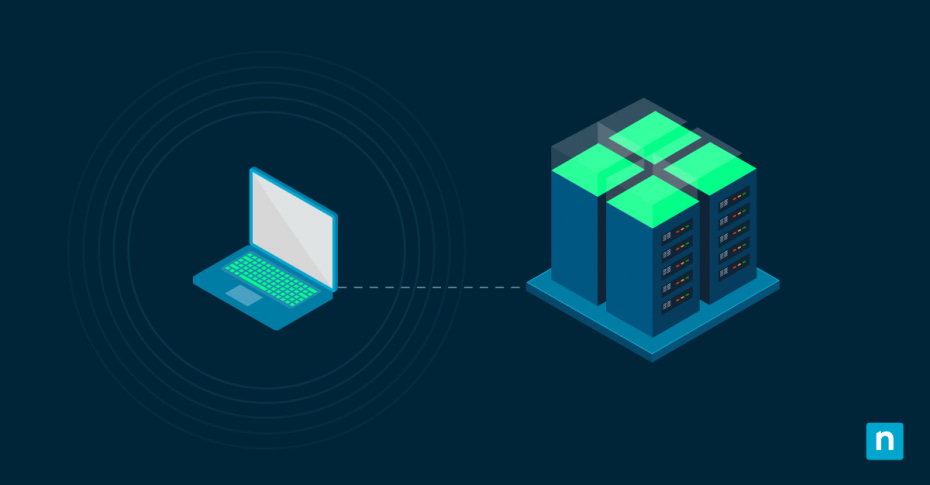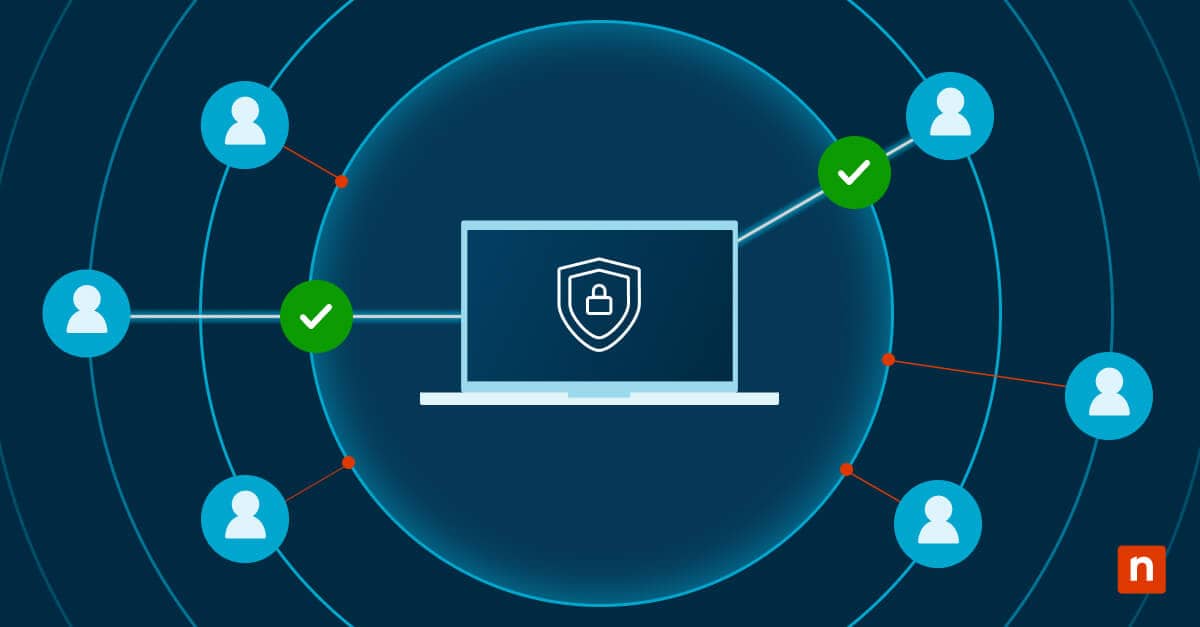Hyper-V is Microsoft’s built-in virtualization technology, which allows you to create and run virtual machines (or VMs) on your device. These act like separate computers inside your system, letting you install other operating systems and apps and run tests and configurations without affecting your primary setup.
When you create a new VM in Hyper-V, a virtual floppy drive might be attached by default. Note that this drive is obsolete, and we recommend eliminating it. After all, it is largely unused in VM configurations because no one uses diskettes nowadays. By choosing to remove floppy disk drive in Windows Hyper-V, you can free up system resources and help ensure your computer meets current compatibility and security standards.
This guide will provide methods for deleting the floppy disk from Hyper-V, helping you remove legacy devices and boost VM processes.
Requirements for removing the Hyper-V floppy disk
Before you can uninstall the Hyper-V floppy disk, you need to meet a few requirements:
- You need to have administrator privileges before you can change the settings in the Hyper-V Manager.
- You must have Windows 10 Pro, Enterprise, or Education with Hyper-V enabled.
- Hyper-V must be enabled, and one virtual machine should have been created on your system.
Methods to remove the floppy drive in Windows Hyper-V
There are a couple of ways to remove the virtual floppy disk from Windows Hyper-V: the Hyper-V Manager and Windows PowerShell.
Method 1: Remove Virtual Floppy Disk Using Hyper-V Manager
- Open Hyper-V Manager:
- Press Win + S shortcut and type Hyper-V Manager.
- Press Enter to launch it.
- You can also find the tool in Control Panel > Administrative Tools > Hyper-V Manager.
- Next, shut down your target VM. Right-click it on the list and select Shut Down. Note that you cannot remove devices from running VMs.
- After the VM is off, right-click it again and choose Settings.
- In the left-hand panel, click Hardware, navigate to it, and click Floppy Drive to access its settings.
- In the bottom right corner, click Remove to detach the virtual floppy drive. Click Apply, then OK to save and exit.
After you have completed these steps, the floppy disk drive will no longer be attached to the VM.
Method 2: Use PowerShell to remove the virtual floppy drive
Another option apart from the VM settings is PowerShell. This is ideal for automation or scripting in enterprise environments. It enables administrators and IT teams to remove it quickly and efficiently.
Compared to the first method, it is well-suited for IT admins and power users because, unlike the first method, you do not need to navigate around a graphical user interface.
To remove the virtual floppy drive via PowerShell, here are the steps:
- Open PowerShell as an Administrator using the Win + X shortcut. After this, choose either PowerShell (Admin) or Terminal (Admin).
- Next, run this command:
- Remove-VMFloppyDiskDrive -VMName “Your-VM-Name”
- Replace Your-VM-Name with the exact name of your virtual machine. This command removes the floppy drive from the VM instantaneously.
By default, no confirmation or output is shown. Add the -verbose code at the end of the command to display confirmation messages. Here’s a sample:
Remove-VMFloppyDiskDrive -VMName “Your-VM-Name” -verbose
How to verify if the floppy disk drive has been removed from the Windows Hyper-V Virtual Machine
To confirm if the floppy drive is no longer in the Hyper-V machine, run this code in Windows PowerShell:
Get-VMFloppyDiskDrive -VMName “Your-VM-Name”
If the output is empty, the floppy disk drive has been successfully removed.
Troubleshooting Hyper-V floppy disk removal issues
While trying to remove the floppy disk in Hyper-V, you might run into a few problems. Here are some of them, along with their respective fixes:
The “Device is in use” error
This error primarily appears when trying to remove the floppy disk while the VM is operating in the background, paused, or in a saved state. To fix this, shut down the VM completely using these methods:
- Open the Hyper-V Manager. Right-click the selected VM, then choose Shut Down.
- Run PowerShell as an administrator, and run the Stop-VM -Name “VMName” command.
After performing either method, you should be able to remove the floppy disk drive without encountering the error.
The PowerShell command is not recognized
You will encounter this error in environments where Hyper-V PowerShell tools aren’t preloaded. To fix this, load the module manually by running PowerShell as an admin and running this command:
Import-Module Hyper-V
This command will load the Hyper-V PowerShell modules into your session, giving you access to the needed cmdlets.
The floppy drive still appears in the Hyper-V settings
After removing the floppy disk drive, you might still see it listed in the VM’s settings. Usually, this does not signify that it was not removed. In such cases, this is just a user interface glitch.
To fix this:
- You can either close and reopen Hyper-V Manager
- Or right-click the VM and choose Refresh to update the hardware list.
Frequently Asked Questions
Can I remove the floppy drive while the VM is running?
No, you cannot; you must shut down the VM before removing hardware devices. Hyper-V does not allow the removal of hardware devices while the virtual machine is running or in a saved state.
Will removing the floppy disk drive affect boot performance?
It won’t affect boot performance in most modern systems. However, it will affect boot performance if you use a legacy operating system or a configuration where the floppy drive is a boot device.
Can this be done for multiple VMs at once?
Yes, making the PowerShell method relatively useful since you can remove the floppy drive from all VMs on a host with a simple command:
Get-VM | ForEach-Object { Remove-VMFloppyDiskDrive -VMName $_.Name -ErrorAction SilentlyContinue }
This script will loop through every VM on the host and remove the floppy disk drive. This method is ideal for networks with numerous VMs, making the task doable in just a few clicks.
Clean up Hyper-V by removing the floppy disk drive
Removing the virtual floppy disk drive in Hyper-V is essential to maintaining optimized and secure VM configurations. This will ensure no computer resources are spent running an obsolete feature, helping you align with current IT environment standards.
You can easily perform this task using the Hyper-V Manager if you manage a single computer. Meanwhile, if you plan to apply this change across dozens or even hundreds of devices, PowerShell and its multiple commands are your best bet.







